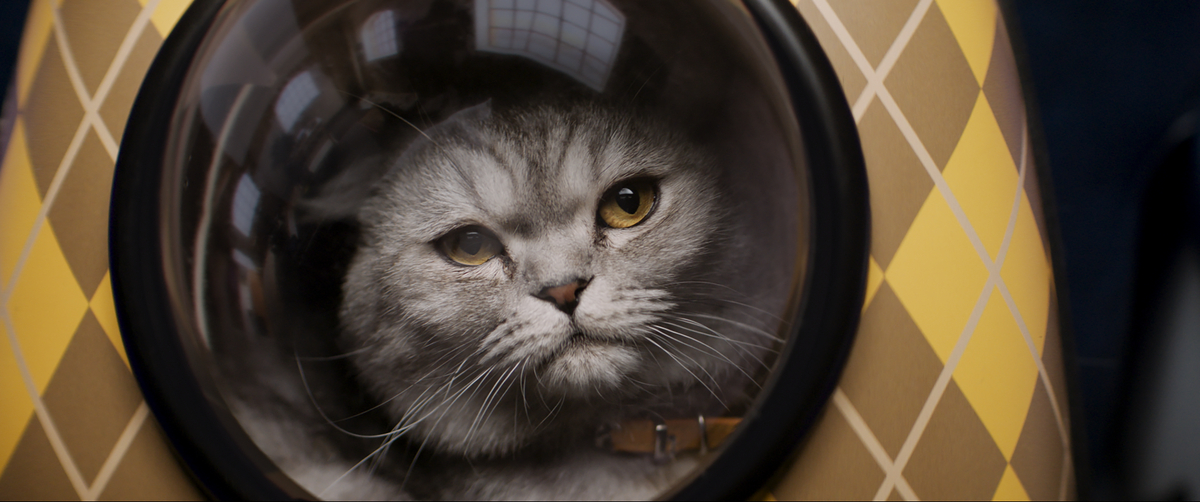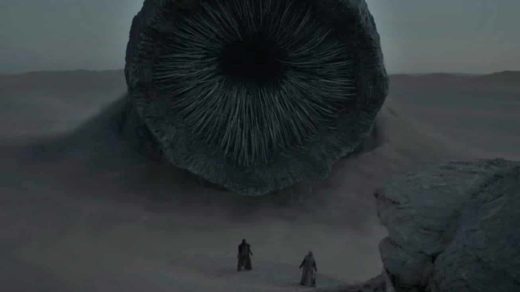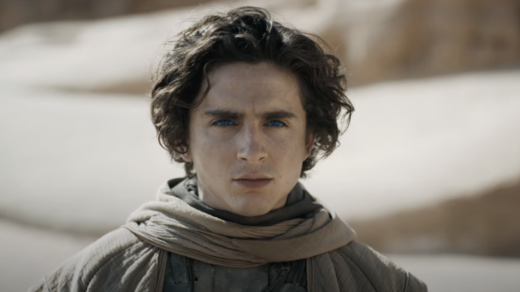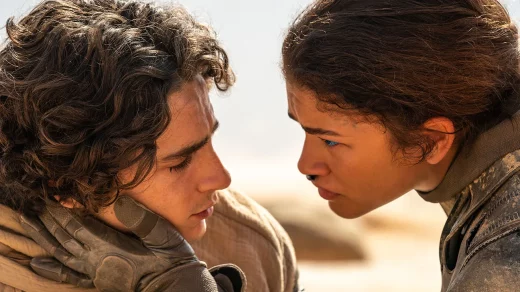Greig Fraser’s Cinematic Mastery in ‘Dune: Part Two’
– Cinematographer Greig Fraser connected with director Denis Villeneuve at a barbecue hosted by Roger and James Deakins, leading to their collaboration on the film adaptation of “Dune,” where Fraser developed a unique visual approach by avoiding the original book and previous adaptations.
– When adapting “Dune,” Fraser was concerned that his previous work on “Star Wars” might influence his cinematography, but aimed to create a distinct look for “Dune” in partnership with Villeneuve, which extended to shooting black-and-white scenes to reflect an in-universe characteristic of Giedi Prime.

On an auspicious occasion roughly ten years in the past, a gathering hosted by the distinguished Roger and James Deakins provided the backdrop for a serendipitous meeting. It was here that Oscar-winning cinematographer Greig Fraser, amid the casual ambiance of a barbecue, was introduced to Denis Villeneuve, a name he did not immediately place. Recognition dawned as Fraser associated Villeneuve with his highly regarded works: “Polytechnique,” “Incendies,” and “Prisoners,” the latter being a collaboration with barbecue co-host Roger Deakins. This chance encounter bred a connection between Fraser and Villeneuve, though their paths meandered separately thereafter.
In the following years, Fraser lent his visual acumen to a series of major projects, including the groundbreaking “Star Wars” film “Rogue One” and its subsequent expansion into the live-action series “The Mandalorian.” Villeneuve, meanwhile, readied to bring Frank Herbert’s legendary “Dune” to the silver screen. When Villeneuve extended the invitation for Fraser to join as director of photography, Fraser grappled with hesitation; having already worked on two “Star Wars” sagas, and understanding the influential lineage connecting it to “Dune,” he was concerned about the potential for creative cross-contamination.
Determined to forge a distinct visual narrative, Fraser embarked upon a novel approach. Eschewing the original “Dune” text and prior adaptations, he nourished his creative vision solely through dialogue with Villeneuve and attentive script analysis. This strategy fortified a sense of purity in their interpretation, emancipated from the gravitational pull of existing visual narratives within the expansive “Dune” lexicon. While keenly aware of not consciously mimicking elements from “Rogue One,” Fraser did not confine himself to obstinate differentiation; he pursued what served the story best.
“Dune: Part Two” embraces such a legacy, with Villeneuve’s introduction of Paul Atreides’ rival, Feyd-Rautha Harkonnen, taking place on Giedi Prime, depicted in striking black and white – a choice rooted in narrative rationale rather than stylistic caprice. The black sun of Giedi Prime, with its psychological imposition upon the locals, becomes the protagonist’s challenge, mirroring contemporary cinematic explorations into chromatic dichotomy. However, Fraser confronts the dilemma of aesthetic trends with trepidation, cognizant of the creative quandary presented when artistic choices segue into the domain of cliché.
The interview reveals insights into Fraser’s collaborative spirit, detailing how he and Villeneuve balanced the mammoth scale of “Dune: Part Two” with the intimacy of approach they learned from smaller projects like “The Creator.” He describes seamless transitions from scaled-down, pre-dawn shoots to grandiose midday spectacles that rattled the desert sands under their combined vision.
As Fraser reminisces about a shared past with Villeneuve, sparked by that unassuming barbecue, we see the impressionistic effect of Hollywood’s serendipitous networking on their creative journey. The discussion culminates with a behind-the-scenes glimpse into capturing Gurney’s pivotal conversion to Paul’s cause – a testament to Brolin’s camera savvy and the enchantment of bringing such profound moments to life.
Fraser’s cinematic expedition reflects an artist’s ever-evolving quest for authenticity. Despite the strategic avoidance of “Dune’s” precedents and a cautious dance around modern trends, his efforts to immortalize Herbert’s cosmos with individual vision work symbiotically with Villeneuve’s directives. Together they navigate the intersection of fresh creativity and homage to Gerald. The resulting film stands as a singular entity, illustrative of their shared resolution to craft a cinematic experience proudly standing on its merit.
Hanes Men's EcoSmart Fleece Hoodie Sweatshirt
$10.80 (as of April 2, 2025 09:38 GMT -07:00 - More infoProduct prices and availability are accurate as of the date/time indicated and are subject to change. Any price and availability information displayed on [relevant Amazon Site(s), as applicable] at the time of purchase will apply to the purchase of this product.)LEGO Creator 3 in 1 Wild Animals Surprising Spider Toy - Building Toy with 3 Build Options, Spider, Scorpion, or Snake - Animal Figures for Kids, Boys & Girls, Ages 7+ - Gift Idea for Birthday - 31159
$8.31 (as of April 1, 2025 09:36 GMT -07:00 - More infoProduct prices and availability are accurate as of the date/time indicated and are subject to change. Any price and availability information displayed on [relevant Amazon Site(s), as applicable] at the time of purchase will apply to the purchase of this product.)Blink Video Doorbell (newest model), Two-way audio, HD video, motion and chime app alerts and Alexa enabled — wired or wire-free (Black)
$59.99 (as of April 2, 2025 09:38 GMT -07:00 - More infoProduct prices and availability are accurate as of the date/time indicated and are subject to change. Any price and availability information displayed on [relevant Amazon Site(s), as applicable] at the time of purchase will apply to the purchase of this product.)Turmeric Kojic Acid Cleansing Pads - Turmeric Face Scrub Pads with Vitamin C (30 pads), Kojic Acid and Turmeric Cleansing Pads for Exfoliation - Made With Vitamin B5
$34.99 (as of April 2, 2025 09:38 GMT -07:00 - More infoProduct prices and availability are accurate as of the date/time indicated and are subject to change. Any price and availability information displayed on [relevant Amazon Site(s), as applicable] at the time of purchase will apply to the purchase of this product.)Amazon Basics Digital Kitchen Scale with LCD Display, Batteries Included, Weighs up to 11 pounds, Black and Stainless Steel
$10.89 (as of April 2, 2025 09:38 GMT -07:00 - More infoProduct prices and availability are accurate as of the date/time indicated and are subject to change. Any price and availability information displayed on [relevant Amazon Site(s), as applicable] at the time of purchase will apply to the purchase of this product.)Auto Amazon Links: No products found. (69 items filtered out)











 OpenCritic
OpenCritic